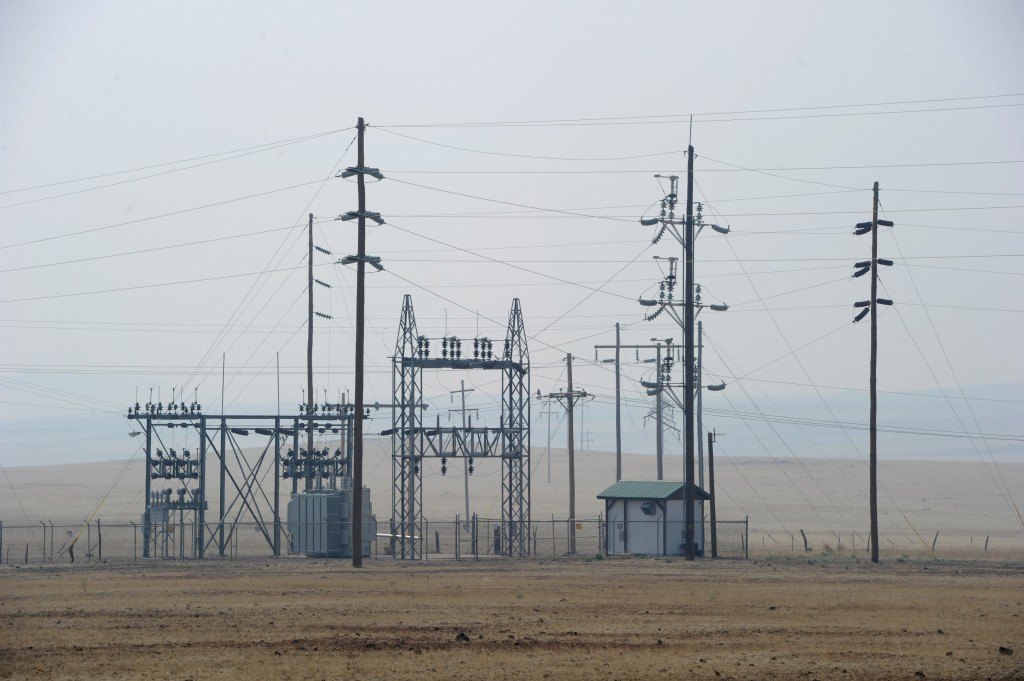The internet of things (IoT) is changing the way we interact with nearly all facets of our world, including the electric grid. These days, you can already control your smart thermostat with your smart phone; it’s easy to imagine that smart solar panels and microgrids are not far behind. The term “smart grid” was coined a decade ago to describe the convergence of the electrical grid and information technology, but it does not begin to cover what is possible in this new era of grid intelligence where power-generating resources can become a new kind of connected device. We are entering a brave new world of smart distributed energy assets, and intelligent controls are key to transforming our grid from a century-old relic to a 21-century achievement.
For decades, electricity has been delivered primarily from far-flung power generators controlled remotely by a central grid operator or utility. While utilities and system operators have done a great job managing the reliability of this system, it is a centralized system that has very little visibility and insight as to what is happening at the local level in terms of load and generation. Instead, load and generation are modeled and projected, but this approach is increasingly out of date in the new era of distributed generation.
With the rise of distributed generation (DG), electricity is generated onsite as it is needed from solar or hybrid microgrids, bypassing this century-old grid infrastructure. Following the dramatic growth of grid-tied solar DG, we are now experiencing the growth of dynamic DG systems. Dynamic DG systems generate, store and distribute electricity just like their large-scale counterparts – creating an unprecedented level of data and sophistication at the edge of the grid that was historically limited to system operators and utilities. This is where the evolution is happening, at the edge of the grid or “grid edge,” where active distributed energy systems are becoming connected and self-managed, enabling us to collect, analyze and optimize performance in real time.
The key to self-managed distributed resources is on-site intelligent controls. Ideally, they use an operating system that leverages web-enabled technology for monitoring and security, intelligent controls enable us to safely manage load, generation and storage to insure system reliability, performance and optimization all at the local level. What’s more, by adopting sophisticated bank-level technology already available in the marketplace, intelligent controls for active distributed systems will be even more secure than their large-scale counterparts because they incorporate the latest security protocols and can be easily updated. In the old grid paradigm, utilities and grid operators built controls on a case-by-case basis from the ground up, only to find these investments were soon obsolete or isolated in the ever-advancing world of technology. This day in age, the same monitoring and security technology is coming soon to an iPad near you.
Intelligent controls at the grid edge will evolve the smart grid by transforming our generating resources behind the meter into data-rich connected devices. This kind of intelligence enables us to collect, analyze and optimize data from our power grid in ways never before possible. The net result will be a safer, more efficient and technologically advanced grid that meets our 21st Century expectations.
Michael Breen is a 20-year veteran of the renewable energy and finance industries. Breen cofounded Xtreme Power, largely regarded as the grid-scale storage pioneer, and is now CEO of Growing Energy Labs Inc. (GELI), a provider of energy storage and microgrid software management solutions.

